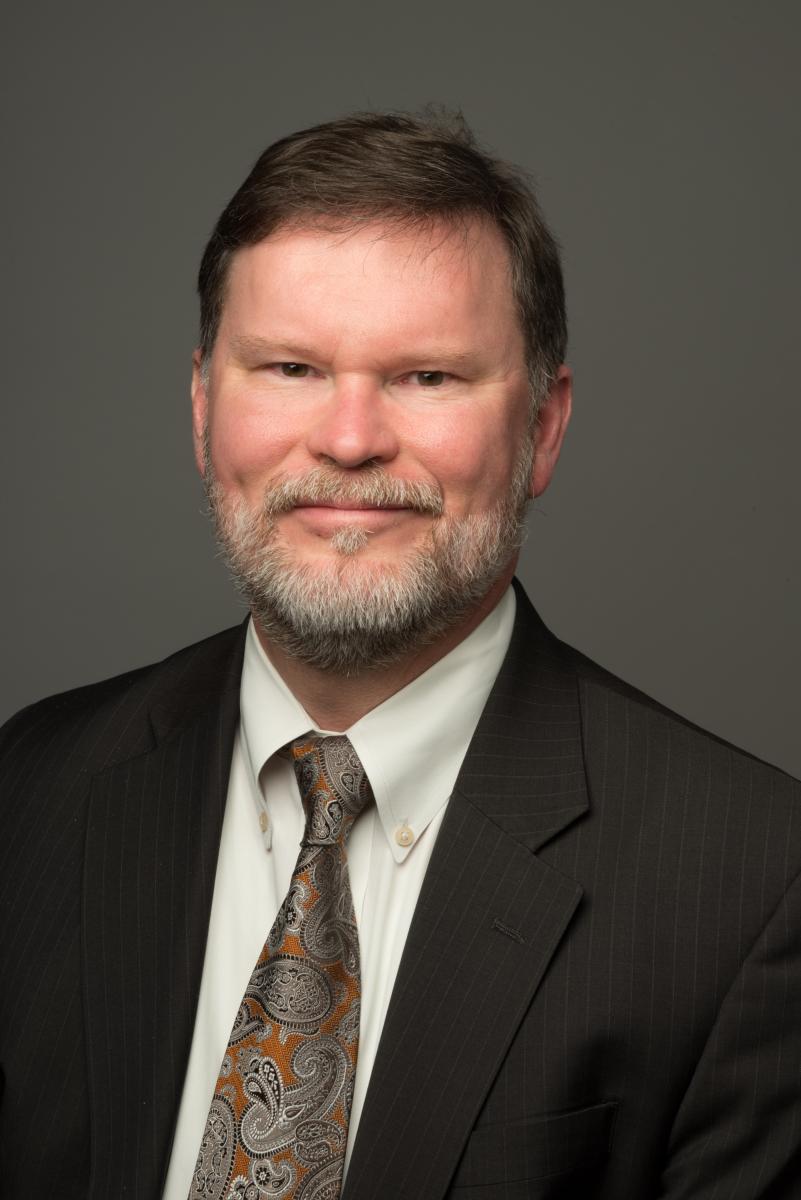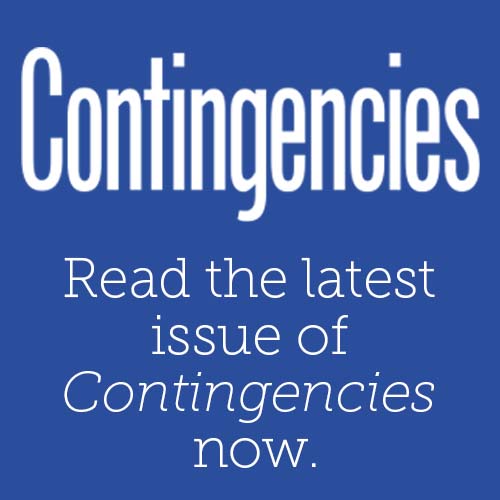Ebola, Antiques, and Pensions
By Tom Wildsmith
President, American Academy of Actuaries
The following appeared as the lead story of the February issue of Actuarial Update. I like to have CNN running in the background when I’m working. It’s a useful reminder of the broader world outside my office. It’s easy to become so focused on our jobs that we forget the political, economic, and social developments all around us. These developments can have implications for our work, but they also affect people’s lives.
I like to have CNN running in the background when I’m working. It’s a useful reminder of the broader world outside my office. It’s easy to become so focused on our jobs that we forget the political, economic, and social developments all around us. These developments can have implications for our work, but they also affect people’s lives.
I was struck by CNN’s coverage of the most recent Ebola outbreak. The doctors who were interviewed might have had different recommendations about the details of how best to manage the outbreak, but they all described the facts of the disease and the progress of the outbreak very consistently. It was clear that they were all describing the same reality, and it fostered a sense that you could trust the medical profession as a source of reliable information on Ebola. The message was clear: If you want to know the facts about Ebola, ask a doctor.
CNN and other media outlets were also covering the fallout from the Detroit bankruptcy at about the same time, and the city’s pension program was a central part of the story. The contrast with the coverage of the Ebola outbreak was disturbing. Actuaries were quoted in a way that made their estimates seem disjointed and irreconcilable. It’s difficult to provide the full context for a pension valuation in a news story, and conflict makes for compelling reading. The New York Times described a “staid profession [that] has been fighting over how to calculate the value … of pensions that will be paid in the future,” and held out “the possibility that a fundamental error has for decades been ingrained into actuarial standards of practice.”[i]
This media portrayal may be understandable, but the result was unfortunate. It created the impression that the actuaries didn’t simply have different recommendations, but that they weren’t describing the same reality. If this portrayal is repeated over time, it has the potential to undermine the public’s trust in our profession.
At home, Sally and I like to watch “Antiques Roadshow.” It’s an entertaining window into the past, and half the fun is in trying to guess what an antique is worth. The appraisers routinely provide more than one type of value for an item. These may include an auction value, a retail value, an insurance value, or a replacement value. This multitude of values doesn’t undermine the appraisers’ credibility—if anything, it enhances it. If you watch the “Roadshow,” you quickly learn how these different estimates relate to each other, and it’s clear that the appraisers understand how the price of an antique might change from one setting to another. They’re also very clear and precise about what those settings are, sometimes specifying a “specialist auction” or “high-end retail shop.” When thinking about the value of an antique, context is everything.
This is not the only time we see multiple different values placed on the same thing. The tax appraisal for my house is different from its current market value, which is different from my remaining mortgage balance, which is different from what it would cost to rebuild if it were to burn down. These different values don’t disturb me, because I understand how they all relate to the single reality of my house—and if I didn’t, any competent real estate agent could explain it to me. It would be silly to argue about which value is “best,” because each one serves a different purpose. In considering a corporation, we might look at the balance sheet value, market capitalization, or an estimate of the liquidation value. While these values can be very different, any good stock analyst can explain how they relate to one another and how they can be used to better understand a particular company’s financial situation.
Different types of estimates are also available for public pension plans. Some are intended to facilitate an orderly pattern of funding over time, some are intended to project the economic impact on the plan sponsor over time, and others are intended to estimate what it would cost to settle the plan’s obligations. With pensions, as with antiques, context is everything.
The mere fact that different types of estimates are available does not, in and of itself, threaten the reputation of the profession. Nor does the fact that actuaries may disagree about specific assumptions, the most appropriate funding strategy for a particular pension plan, or how the sponsors should be managing the plan. Instead, the risk lies in the sense that actuaries are not clearly and consistently describing the same reality. Without that, the public won’t trust that they can go to an actuary to get the facts about what’s going on with one of these plans.
How do we maintain the public trust? Clearly distinguishing between the various types of estimates is essential, and may require some refinements to our terminology.[ii] We must clearly, accurately, and dispassionately communicate the context, purpose, and limitations of the estimates we produce. We may need to make additional disclosures to better describe the context and purpose of our estimates. But that’s not all. To earn the public trust, we must also be prepared to clearly, accurately, and dispassionately describe not just the limitations, but also the context and purpose of estimates produced by actuaries we disagree with.
The actuary who will earn the most public trust— and do the most to genuinely help the public—will not be the one with the most sophisticated model or the most highly refined assumptions, nor the one who convinces the world that he or she has the single “best” approach to valuing a public pension plan. Rather, it will be the actuary who helps the public understand the significance of each of the different types of estimates, and how they can be used to better understand a pension plan’s financial situation. Only when we are able, as a profession, to do this consistently and well can we expect the public to say: “If you want to know the facts about a pension plan, ask an actuary.”







